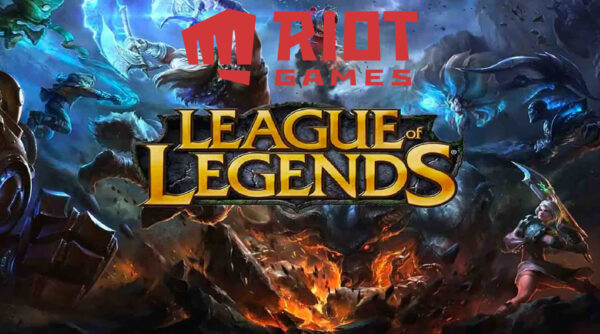Whilst esports has been around for nearly twenty years in its current, more recognizable form, the support seen today hasn’t always been there. In the early days, players often weren’t salaried under an organisation and if they were, the pay received was often extremely low. Similarly, the events that took place outside of very few exceptions offered very little reward – some small monetary value alongside peripherals from sponsors. When bigger sponsors did step in, players who did make it to the pro scene were able to benefit from free gear and lowering their overall costs for setup, but often not enough to allow players to fully commit to the change. Franchising changed all of this however and has led to what modern esports has become.

Player salaries
Investments and big organisations have meant that players are now compensated for the time by a salary, whilst in the early days this did start off quite small, modern contracts are much bigger across the larger games. Many still hide the salary figures, but a recent move by Cloud9 and their Counter-Strike roster revealed the signing salaries for each player with some over $1 million across three years. This serious money has meant players are able to forgo a standard 9-5 job and focus entirely on the game, breeding a new profession as a pro player and setting many names into stardom.
Bigger sponsors
Another big change has been the introduction of new big sponsors and sponsors from different sectors too. Whilst huge names such as Intel have long been representatives at big events, alongside the big peripheral manufacturers, we’re now starting to see sponsors outside of the direct gaming space getting involved. This has come through phone manufacturers and car manufacturers, the launch of many dedicated esports betting sites have jumped on board too – these bigger sponsors allow more freedom to the franchises, and these freedoms are often passed down to the players too.
Funding the leagues

This is something that largely started within League of Legends by the developer, Riot Games, themselves. Although teams did have to offer some buy in, Riot Games did offer players a salary outside of the organisations and further support which certainly helped build the framework of what modern esports has become. The other big league to do so was in Overwatch, where franchises paid a huge sum of money with some expecting to pay between $30 and $60 million. Whilst this has been great for the success of esports, it could have easily gone the other way and acted as a deterrent for many with esports still being so young.
There’s certainly still a lot of room to grow, bigger organisations are starting to work their way into the esports scene with giants such as the NBA setting up their own esports league for NBA2K, and other big figures investing too. Many are starting to realise the potential that is within esports and the numbers don’t lie either with millions of active players or hundreds of millions of active viewers. It’s easy to ignore that esports hasn’t been around for that long in its current state and has plenty of room to grow, but it certainly does seem as if the growth is happening.
